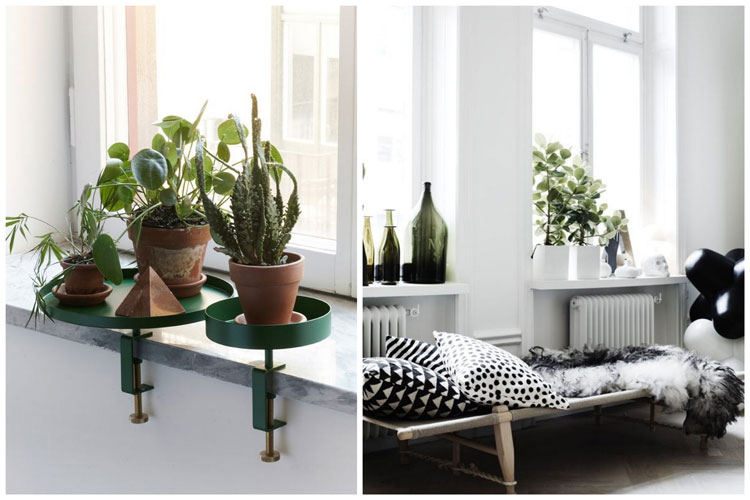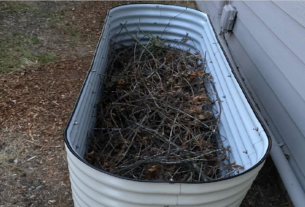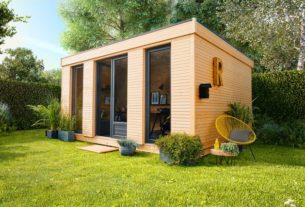Know where to place your plants
When buying a plant, your first reflex must be to inform yourself about its needs in terms of sunshine and watering. This will also tell you the best place to place it in your home! Know differentiate between brightness and direct light, because they are two very distinct things: indeed, some varieties like to be placed near a window, without being able to withstand the direct aggressiveness of the sun’s rays. Also avoid the proximity of radiators, which tend to dry out the soil and leaves during the winter period. In general, indoor plants like to be installed in a bright room, placed on a piece of furniture or on the floor with enough space around to blossom: you will avoid “trapping” your ficus between two pieces of furniture, or squeezing your plants side by side on the sideboard of the living room! The so-called “tropical” plants will be better adapted to wet rooms – kitchen and bathroom – in which they will benefit from the benefits of the water vapor they need. On the other hand, cacti or succulent plants like hot, sunny atmospheres!
Adapted watering
The watering will be done obviously according to the variety of your plant, the ambient temperature and the season. In summer, plants need more frequent watering: the easiest way is to have them take a bath every week or every two weeks, that is to say to put them in a washbasin or in the bathroom. bath and water them until the soil is thoroughly moistened. The pot in which your plant is placed must have holes underneath to let out the excess water, in which case the roots will tend to rot quickly. Of course, there’s nothing stopping you from keeping the original plastic jar – with a hole in it – by placing it in a pretty pot!
Always wait until the soil is dry between two waterings and above all do not water too much: a plant will always survive a lack better than an excess of water.
Watering, a key point for plants in great shape! (Photo: Women’s Journal)
Think about potting
A plant is a living being that, like us, grows and develops. She needs a pot adapted to the size of her roots. When you buy a garden plant, it is often placed in a pot too small. Take the habit of buying systematically a larger pot at the same time (at least 2 to 3cm wider than the original pot), in order to repot on your return home. Choose a potting soil adapted to the variety of your plant, and do not hesitate to place a guardian if it is a climbing variety. Throughout the year, take the time to cut the leaves and dead branches with a pruner, and clean the leaves from time to time with a dedicated sponge on which you will have put some water with white vinegar:



